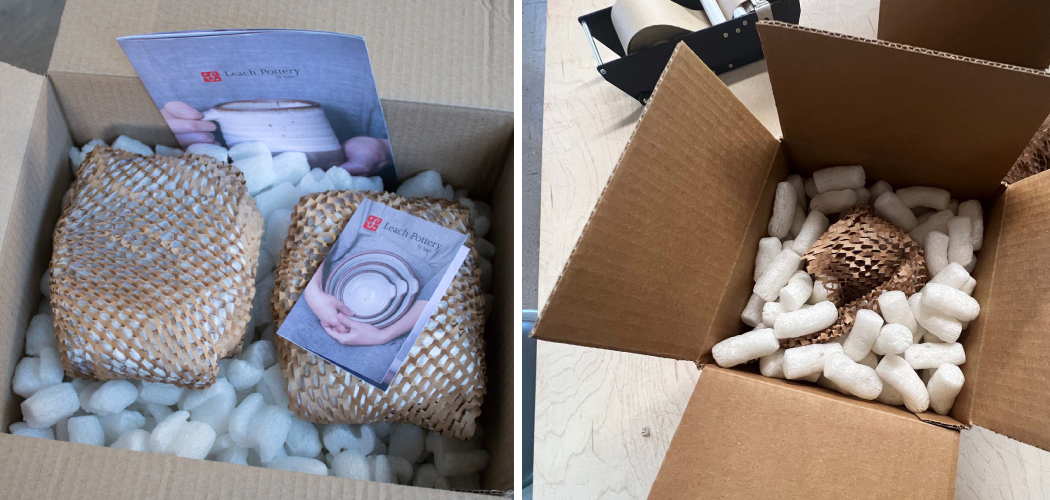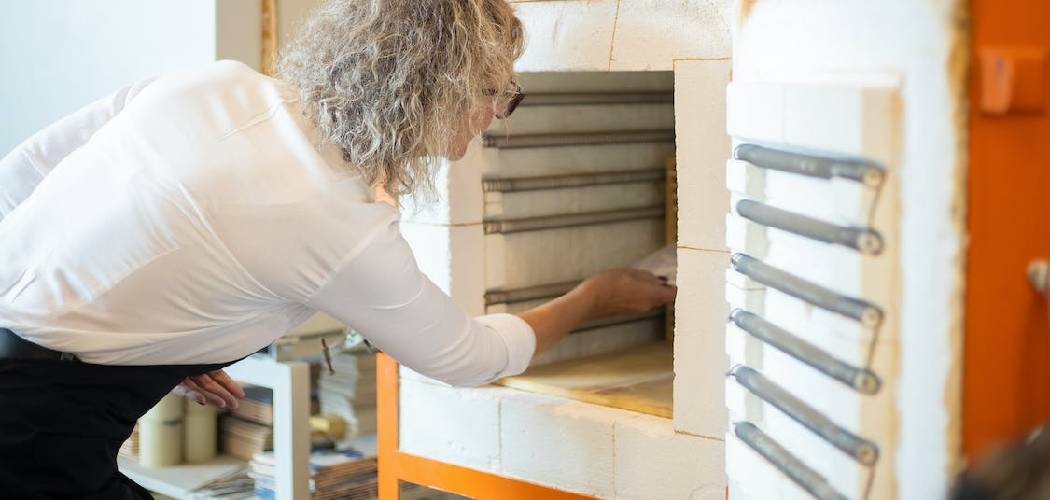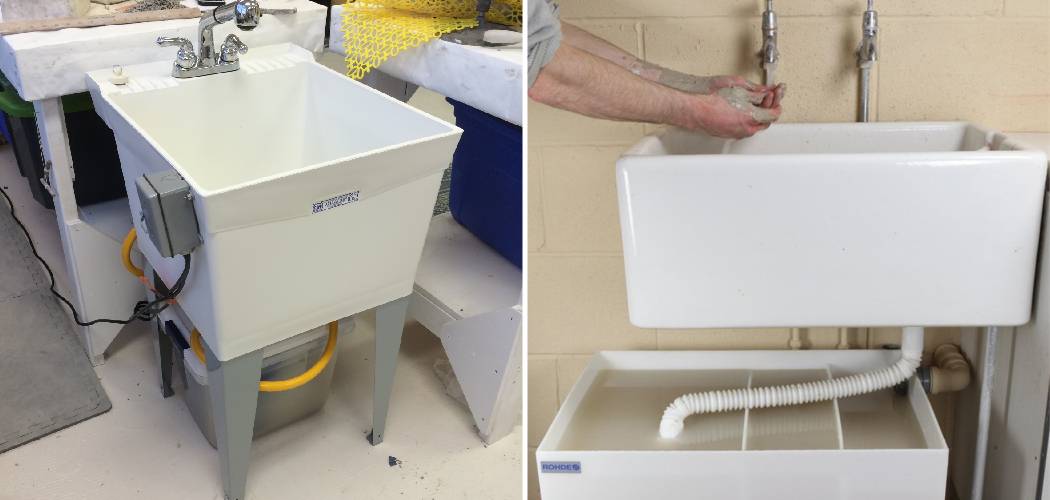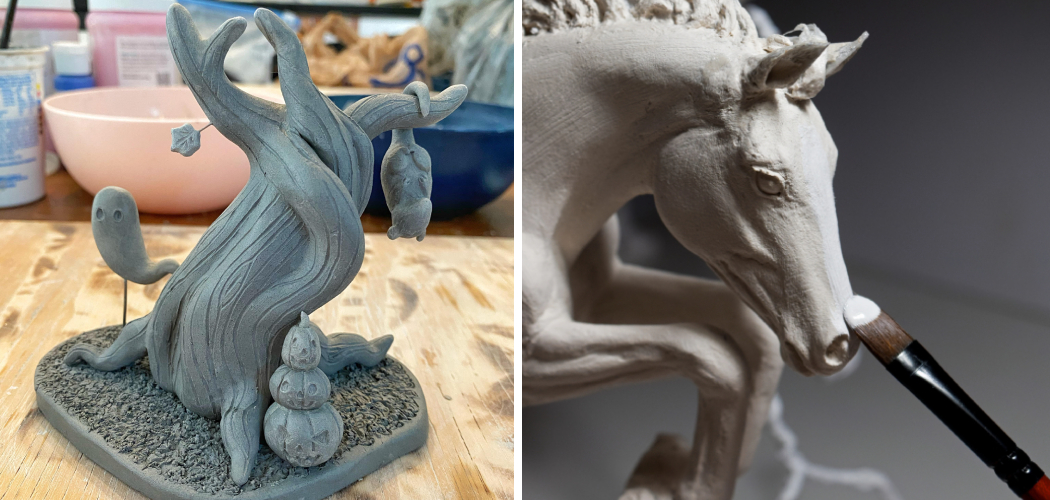Shipping ceramics requires careful consideration and meticulous packing to ensure that delicate pieces reach their destination intact. Whether you are a pottery enthusiast sending your creations to customers or preparing to ship a fragile ceramic gift, understanding the proper techniques is crucial. In this guide, we will explore the step-by-step process of how to ship ceramics securely.
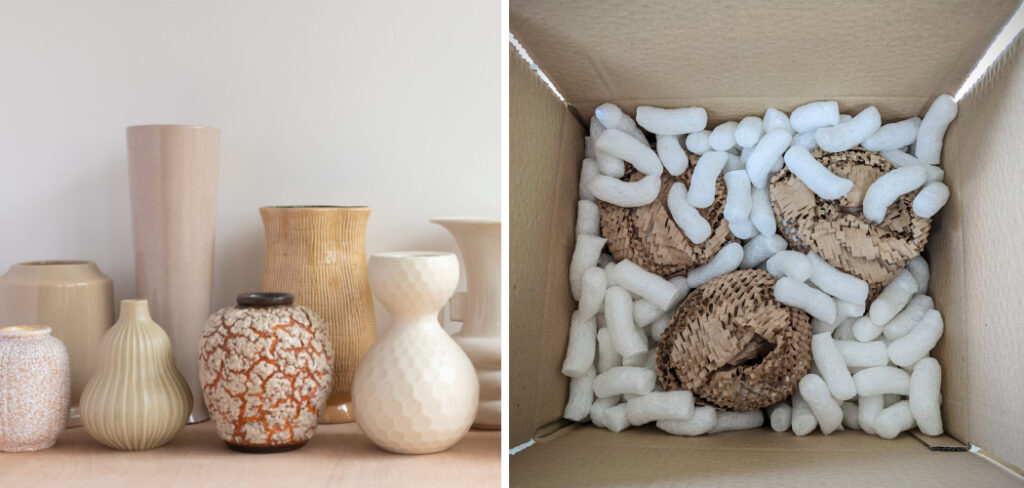
From selecting the right packing materials and providing ample cushioning to choosing the most suitable shipping method, this article aims to equip you with the knowledge to safeguard your ceramics during transit. Whether you’re dealing with functional pottery, decorative sculptures, or delicate ceramics, mastering the art of shipping ensures that your creations arrive safely, preserving their beauty and integrity. Get ready to navigate the intricacies of shipping ceramics with confidence and ensure that your handmade treasures reach their destination unscathed.
Table of Contents
Challenges and Risks of Shipping Fragile Items
Shipping ceramics, or any fragile item for that matter, can be a daunting task. As an online seller or a buyer of ceramic products, it is important to understand the potential challenges and risks involved in shipping these delicate items.
Packaging Challenges
The biggest challenge when shipping ceramics is packaging. Ceramics are heavy, bulky and extremely fragile. They require specialized packaging materials and techniques to ensure they arrive at their destination intact.
One of the main risks when shipping ceramics is breakage. Without proper packaging, even the slightest bump or drop during transit can result in damage. This not only leads to financial losses for both the seller and buyer, but it also tarnishes their reputation.
Choosing the Right Packaging Materials
When it comes to packaging fragile items like ceramics, it is important to choose the right materials. This includes sturdy cardboard boxes, bubble wrap or packing peanuts for cushioning, and packing tape.
It is also crucial to use enough packaging material to ensure that the ceramic item is completely protected. Leaving any empty space in the box can result in movement during transit, increasing the risk of breakage.
Moreover, using recycled or previously used packaging materials may not provide enough protection for fragile items. It is best to invest in new, high-quality packaging materials to ensure the safety of the ceramic item.
10 Steps How to Ship Ceramics
1. Selecting Appropriate Packing Materials:
The foundation of successful ceramic shipping lies in choosing the right packing materials. Opt for sturdy, corrugated cardboard boxes that provide ample space for cushioning. Bubble wrap, foam sheets, and packing peanuts are excellent choices for protecting ceramics from shocks and vibrations during transit.
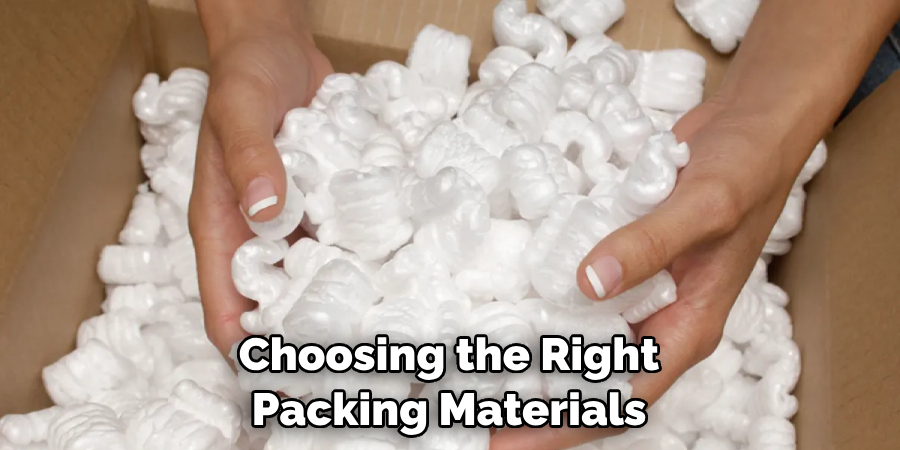
2. Wrap Each Piece Individually:
Begin the packing process by wrapping each ceramic piece individually. Use multiple layers of bubble wrap or foam sheets, ensuring that every surface is covered. Pay special attention to protruding or delicate parts, such as handles or spouts, which may require extra protection.
3. Secure Lids and Covers:
If your ceramics include lids or covers, secure them with additional layers of padding. This prevents shifting during transit and minimizes the risk of breakage. Use tape or rubber bands to keep lids securely in place, ensuring they do not detach during shipping.
4. Utilize Inner Boxes for Additional Protection:
For particularly delicate ceramics or intricate pieces, consider placing them in inner boxes before placing them inside the main shipping box. This provides an additional layer of protection, especially if the ceramics have various components that could potentially collide during transit.
5. Fill Empty Spaces with Cushioning:
To prevent movement within the box, fill any empty spaces with packing peanuts, crumpled paper, or air-filled packaging. This extra cushioning minimizes the risk of ceramics shifting or banging against the box’s walls during transportation.
6. Labeling Fragile Items Clearly:
Clearly label the package as containing fragile items. This alerts handlers to exercise extra caution when handling the box. Use “fragile” stickers or write a prominent note on the box to communicate the importance of gentle handling.
7. Consider Insurance for Valuable Pieces:
If shipping valuable or one-of-a-kind ceramics, consider purchasing shipping insurance. This provides financial protection in case of damage or loss during transit. Check with your chosen shipping carrier for available insurance options.
8. Choose the Right Shipping Carrier:
Select a reputable shipping carrier with experience in handling fragile items. Research carriers’ policies on shipping delicate goods and read customer reviews to ensure reliability. Some carriers specialize in fragile shipments and may offer additional handling services.

9. Double-Boxing for Extra Protection:
For particularly delicate ceramics or those traveling long distances, consider the double-boxing method. Place the well-packed ceramics in a smaller box, and then put this box inside a larger box filled with additional cushioning. This provides an added layer of protection against external impacts.
10. Include Handling Instructions for Carriers:
Provide clear handling instructions on the package. Use labels or notes specifying that the contents are fragile and require careful handling. Including handling instructions increases the likelihood that carriers will treat the package with the necessary care.
Determining Fragility and Vulnerable Areas
Shipping ceramics requires careful handling due to the fragile nature of the material. Therefore, it is important to determine the level of fragility and identify any vulnerable areas before shipping.
One way to determine fragility is by assessing the type and quality of ceramic used. For example, fine china is considered more fragile than stoneware or earthenware. Additionally, thicker pieces with intricate details are more susceptible to breakage during shipping.
Identifying vulnerable areas is also crucial. These can include handles, spouts, or any protruding parts that are not securely attached to the main body of the ceramic. These areas should be reinforced with bubble wrap or packing material to prevent damage during transportation.
Additionally, it is important to consider the weight distribution of the ceramic when packing for shipping. Unevenly distributed weight can increase the risk of breakage, so it is necessary to use proper padding and support to evenly distribute the weight throughout the package.
Furthermore, temperature and humidity can also affect the fragility of ceramics during shipping. Extreme changes in temperature or exposure to high levels of humidity can cause the material to expand or contract, leading to cracks or breakage. Therefore, it is recommended to pack ceramics in temperature-controlled environments and avoid shipping during extreme weather conditions.
Choosing a Box with Extra Space for Cushioning
Once you have chosen the right sized box for your ceramics, make sure that it has at least 2 inches of extra space on all sides. This will provide enough room to add proper cushioning materials between your ceramic pieces and the walls of the box.
Cushioning is an essential part of shipping ceramics as they are fragile and can easily break during transit. The cushioning materials should be soft enough to absorb any shocks and prevent your ceramics from moving around inside the box. Bubble wrap, packing peanuts, foam sheets, and air pillows are commonly used cushioning materials.
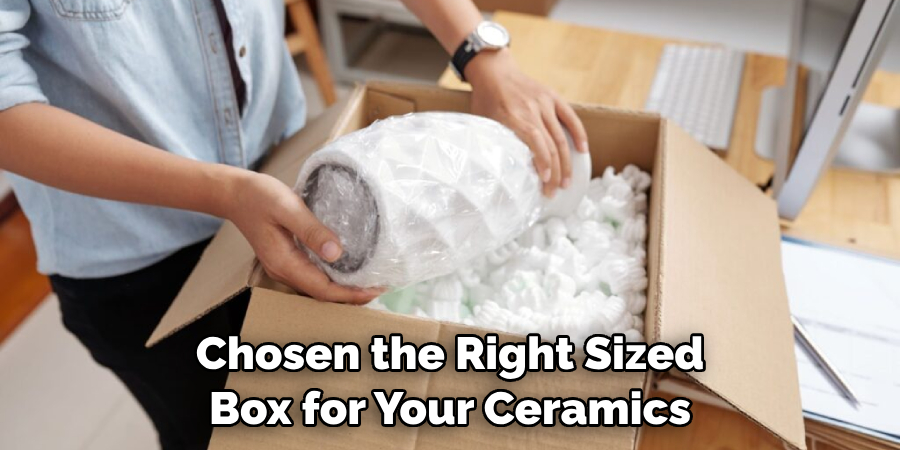
Before placing your ceramics in the box, line the bottom of the box with a layer of cushioning material. Then carefully place your ceramic pieces inside the box and fill any remaining gaps with additional cushioning materials. Make sure that the ceramics do not come in direct contact with each other or the walls of the box.
Once you have placed all your ceramic pieces, add another layer of cushioning material on top to secure them in place. Close the box and gently shake it to ensure that nothing moves around inside. If there is still some space, add more cushioning materials until there is no movement at all.
Ensuring the Box Is Sturdy and in Good Condition
One of the most important things to consider when shipping ceramics is making sure that the box you are using is sturdy and in good condition. This can help prevent any damage or breakage during transit.
Firstly, it is recommended to use a new or unused box for shipping ceramics. This will ensure that the box is strong enough to hold the weight of the items inside and will not be compromised by any previous damage.
If a new box is not available, make sure to thoroughly inspect the used box for any signs of wear and tear. Look for dents, tears or holes that could weaken the structural integrity of the box. It is also important to check if the box has been previously used to ship heavy items, as this can weaken it as well.
Once you have chosen a suitable box, reinforce the bottom with packing tape to prevent it from opening during transit. Make sure to use high-quality packing tape and apply it in multiple layers for added strength.
Make sure It Fits Securely with Minimal to no Movement
When it comes to shipping ceramics, one of the most important things to consider is ensuring that your items fit securely in their packaging. This means minimizing any movement within the package during transportation.
To achieve this, there are a few steps you can take:
- Use appropriate packaging materials: When shipping ceramics, it’s crucial to choose packaging materials that are sturdy and can withstand the weight of the items. Consider using double-walled boxes or thick cardboard sheets to provide maximum protection.
- Use packing materials inside: To prevent any movement within the package, it’s important to use appropriate packing materials inside as well. Bubble wrap, foam peanuts, and air pillows are all great options for cushioning fragile items like ceramics.
- Wrap each item individually: To further protect your ceramics, it’s best to wrap each item individually with bubble wrap or foam sheets. This will prevent any direct contact between the items and absorb any impacts during shipping.
- Fill empty spaces: After placing your wrapped items in the box, make sure to fill any remaining empty spaces with packing materials. This will prevent them from shifting around during transit and causing potential damage.
- Seal the box securely: Once you’ve packed your ceramics, it’s important to seal the box securely with appropriate tape. This will ensure that the items don’t fall out during transit and also adds an extra layer of protection against any external elements.
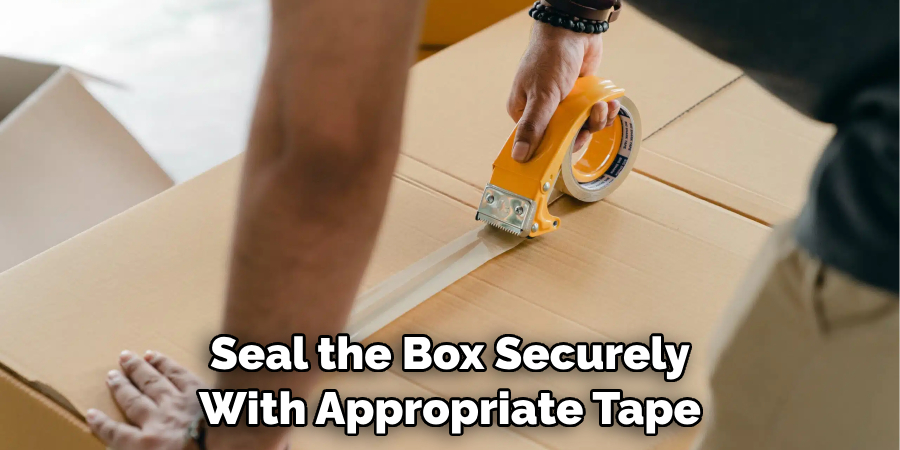
While these steps may seem like common sense, they can make a significant difference in ensuring that your ceramics arrive at their destination in one piece. Taking the time to properly pack and secure your items can save you from potential headaches and losses due to damaged goods.
Conclusion
As demonstrated in this blog post, shipping ceramics is a complex task, yet it can also be quite rewarding. Those who choose to attempt it need to carefully assess the weight and composition of their shipment, as well as take into account other important factors such as insurance. Possessing the right knowledge on how to ship ceramics will ensure that your package will arrive safely and securely without any damages.
Nonetheless, there are many helpful tools available to guide you through the process such as product reviews and ratings, online calculator tools which calculate shipping cost estimates, and support experts who can provide valuable advice. If you’re ready for the challenge of shipping ceramics, then remember one thing: Always ensure that you’ve fully prepared your package for a safe transit before sending it off!
